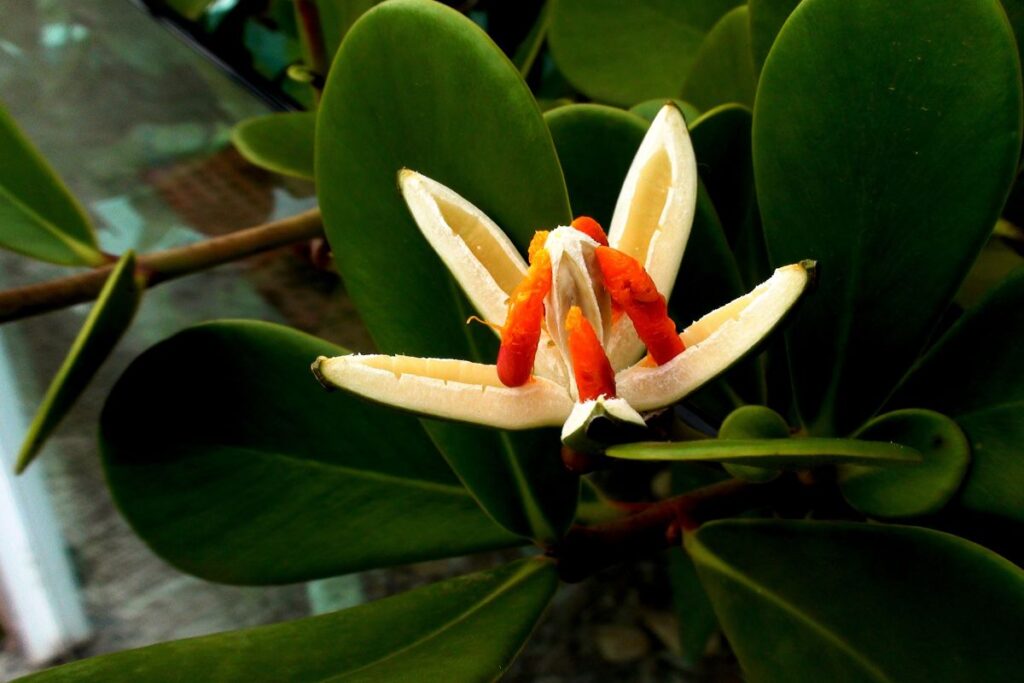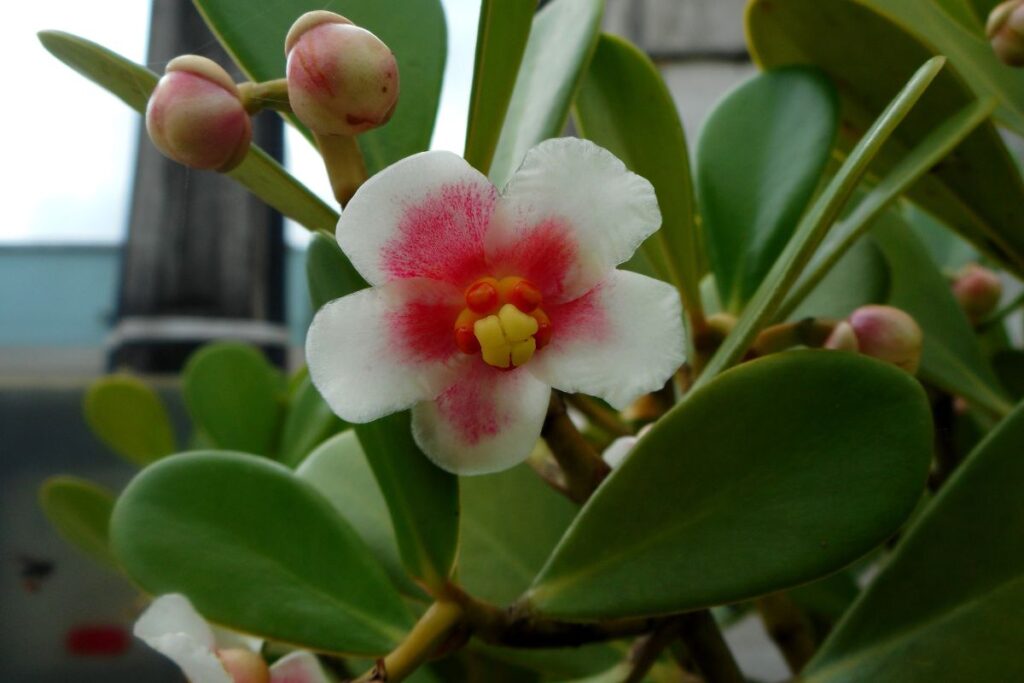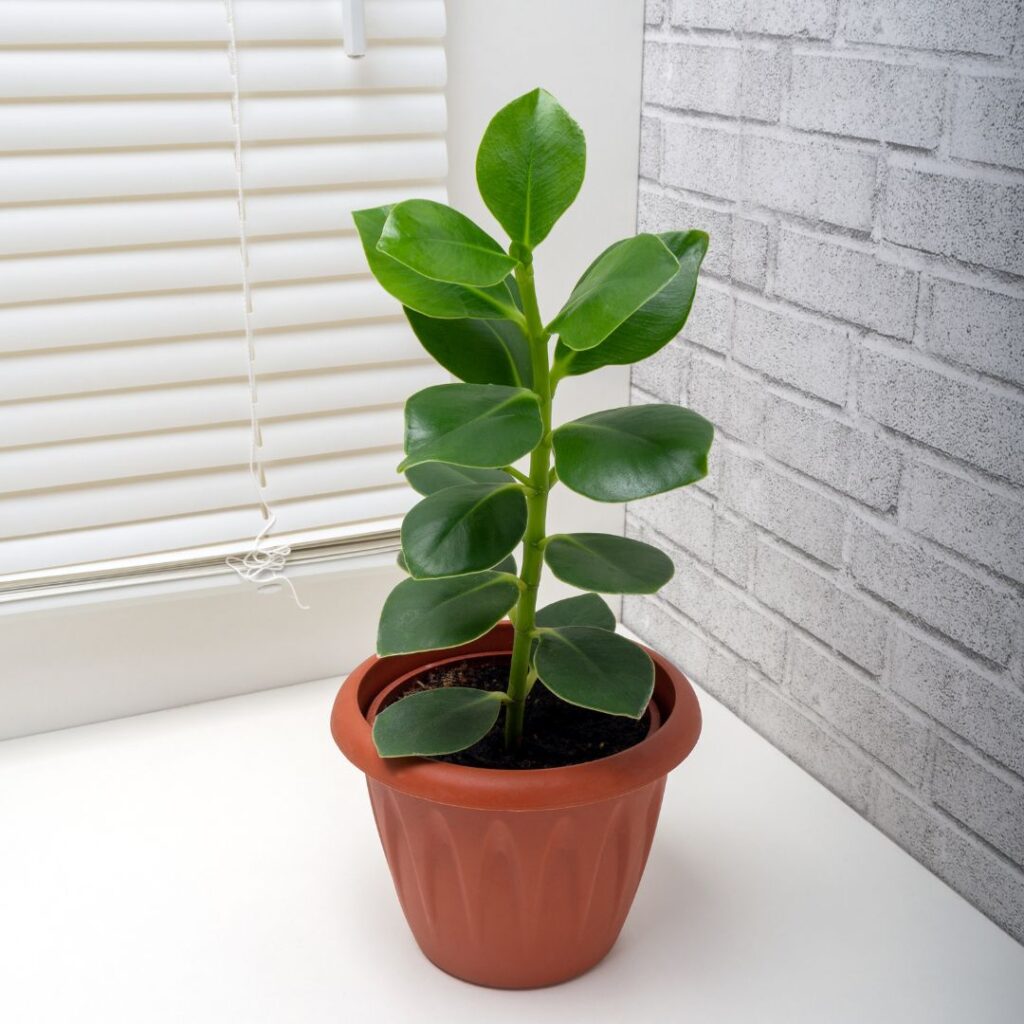Are you looking to make your Clusia plant grow faster? With the right care and attention, you can do just that! In this article, we’ll explore how fast Clusia grows naturally, as well as ways to help it grow faster. We’ll also discuss how to grow Clusia from cuttings. Read on to learn more about growing your Clusia quickly and safely!

Contents
How Fast Does Clusia Grow?
Clusia doesn’t grow particularly quickly, but with the right conditions, it can still be quite fast. Pruning techniques that are tailored to its needs, planting locations in well-draining soil, nutrient management, soil pH levels, and sun exposure all contribute to its rate of growth.
Properly caring for your Clusia is essential for a healthy plant and a faster growth rate. Prune when needed to maintain the desired size and shape of your plant while keeping an eye on the soil pH level so you can adjust it if necessary. Planting in good-quality soil will ensure proper drainage as well as access to adequate nutrients. Lastly, make sure your Clusia gets enough sunlight by placing it in an area that receives at least 6 hours of direct sunlight each day. With these simple tips, you should be able to see your Clusia growing quickly!

How To Make Clusia Grow Faster
If you want to make your Clusia grow faster, there are several requirements you need to meet. First, the plant needs plenty of light; it can tolerate both full sun and partial shade in warm climates. Additionally, Clusia requires regular watering and well-draining soil with some organic matter added. You should also fertilize it every 2-3 weeks during its growth season with a balanced fertilizer. Finally, adequate temperature and humidity levels should be maintained for optimal growth.
Light Requirements
Providing adequate light is essential for Clusia to grow quickly. To ensure your plant is getting the light it needs, consider the intensity and duration of the light, as well as its placement in relation to the sun’s exposure. Pruning tips can also help manage a Clusia’s growth rate – but ultimately, providing proper lighting conditions will be key to speedy growth.
When selecting an area for your Clusia, choose somewhere that receives bright indirect sunlight for several hours each day. The amount of time spent in direct sunlight should be limited to no more than two or three hours per day. Additionally, you may need to adjust its position throughout the year as seasons change and daylight hours fluctuate.
Water Requirements
You need to be mindful of the water requirements for your Clusia in order to ensure healthy growth. Drip irrigation is recommended, as it allows you to accurately control the amount of water and evenly distribute it. Poor air circulation around the container can cause root rot, so make sure there’s a good supply of airflow. The size of the container will also affect how often you need to water your plant—the bigger the pot, the longer it takes for the soil to dry out between watering sessions.
Soil Requirements
Choosing the right soil is essential for your Clusia’s success. You’ll need to ensure you select a potting mix that provides good drainage, as it does not tolerate wet feet. A combination of peat moss, perlite, and vermiculite works well and is readily available at most garden centers. It’s important to consider mulching tips to help retain moisture in the soil; this will also help keep weeds away from your plant.
The pH balance should be slightly acidic 5-6, so you may want to add some compost or other fertilizer with low nitrogen content for sustained growth over time. Lastly, make sure you provide proper drainage considerations when planting so you don’t overwater your Clusia!
Fertilizer Requirements
Fertilizing your Clusia regularly can help it thrive and reach its full potential. To ensure the best results, consider these tips:
- Test the soil pH to determine which type of fertilizer is needed.
- Apply fertilizer according to package instructions and in correct ratios for optimal nutrient balance.
- Choose a fertilizer that contains all the essential nutrients for Clusia growth.
- Monitor the plant for signs of overfertilization or underfertilization.
Remember to be safe when applying fertilizers; wear gloves and protective eyewear if necessary, and follow label directions carefully.
Temperature and Humidity Requirements
For optimal Clusia growth, it’s important to maintain the right temperature and humidity levels. Ensure your soil temperature is between 70-80 degrees Fahrenheit. Your humidity levels should be around 50-70 percent. Additionally, you need proper air circulation in order to prevent mold and fungus growth from occurring.
Water temperatures should be kept at a moderate level; too hot or too cold can cause issues with growth. Lastly, light intensity should also be monitored; for best results, try to keep it low but consistent throughout the day. With these factors taken into account, you’ll have a Clusia that grows strong and healthy!
Pests and Diseases That Affect Clusia
Like many other plants, Clusia is susceptible to pests and diseases. To protect against these, there are several things you can do:
- Select potting soil that drains well and doesn’t contain too much organic matter.
- Identify nutrient deficiencies early on and provide the plant with the right nutrients it needs to stay healthy.
- Prune your Clusia regularly to create an open canopy that allows for good air circulation which can help prevent disease from spreading quickly throughout the plant.
- Monitor for any signs of pests or diseases, such as discolored leaves or wilted branches, and take immediate action if necessary by using appropriate methods of controlling them without causing harm to your plant’s health and well-being.
How to Grow Clusia from Cuttings

- Select healthy clusia cuttings that are 4-6 inches long and have several leaves.
- Prepare a potting mix of 2 parts peat moss, 1 part vermiculite, and 1 part perlite.
- Fill a pot with the prepared potting mix.
- Dip the clusia cuttings in a rooting hormone powder.
- Make a hole in the potting mix with a pencil or pen and insert the cutting.
- Firmly press the soil around the cutting.
- Place the pot in a partially shaded area and keep the soil moist but not soggy.
- Cover the pot with a plastic bag to create a humid environment and tie the bag loosely around the pot.
- Check the cutting daily for signs of root growth, which usually occur after a few weeks.
- When the roots are established, remove the plastic bag and place the pot in a sunny location.
- Water the cutting regularly and fertilize every two weeks with a balanced fertilizer.
- Transplant the clusia cutting into a larger pot when it has grown sufficiently.
Conclusion
You can make your clusia grow faster with the right care and attention. Water regularly, provide plenty of light, and feed it a balanced fertilizer to give it the nutrition it needs. If you’re looking for an even quicker way to get your clusia growing, try taking cuttings – they’re easy to propagate and will soon become beautiful plants in their own right! With a little bit of effort, you can have vibrant clusias thriving in no time.
